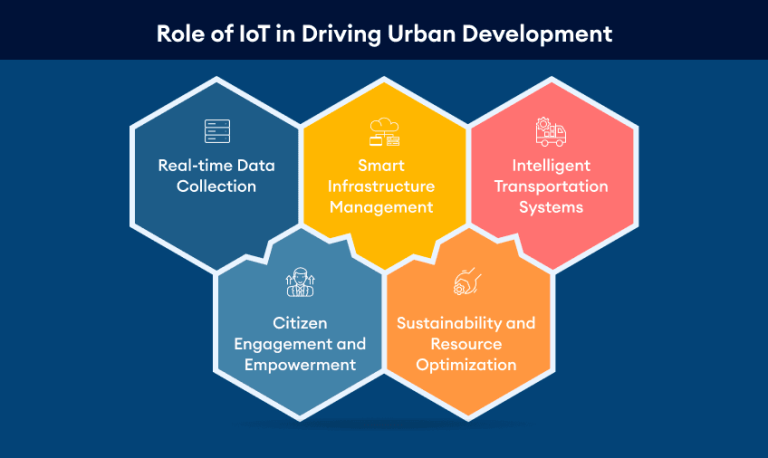The concept of a smart city has gained significant attention in recent years. By incorporating IoT (Internet of Things) technology, cities can improve residents’ efficiency, sustainability, and overall quality of life. However, despite the benefits, implementing IoT in urban areas presents several challenges. Understanding these challenges ensures a smooth and successful transition to smart cities.
Infrastructure Limitations
A key component of any successful IoT smart city initiative is the secure and efficient data collection from various sensors. Unfortunately, many cities still operate with outdated infrastructure, making it difficult to support these technologies. Upgrading an entire city’s infrastructure can be costly and time-consuming, leading to delays in IoT adoption.
In addition to the cost, some cities may struggle with the physical space needed for IoT devices and sensors. For IoT to function effectively, it requires a seamless connection across different areas, and this becomes challenging when space is limited.
Cybersecurity Concerns
As cities integrate more connected devices, the risk of cyberattacks grows. Hackers can target vulnerable systems, potentially accessing crucial city infrastructure like traffic management, water systems, and energy grids.
Ensuring the security of these systems is a major challenge. Protecting sensitive data and maintaining public safety are top priorities when developing IoT networks for urban use.
Data Privacy Issues
In a connected smart city, vast amounts of data are collected daily from citizens, businesses, and public services. This data is essential for improving services and making cities more efficient. However, the collection and storage of personal information raise privacy concerns. Residents may worry about how their data is used, who can access it, and whether it is adequately protected.
Regulations and policies surrounding data privacy are often slow to catch up with technological advancements. Cities need clear and transparent data usage policies to build trust with residents. Without proper regulation, the risk of misuse or unauthorized access to personal information increases, making data privacy a key challenge in IoT adoption.
High Implementation Costs
Another significant barrier is the cost of implementing IoT solutions in urban areas. Cities must invest in advanced technology, which includes installing sensors, developing software, and upgrading infrastructure. These projects require large initial investments, and not all urban areas have the budget to support such changes.
In addition to the high upfront costs, ongoing maintenance and operation expenses can strain city resources. To overcome this hurdle, cities must carefully plan their budgets and seek alternative funding options, such as partnerships with private companies.
Public Acceptance and Education
For IoT to succeed in urban areas, the public must understand and support the technology. Lack of knowledge or misinformation about IoT and its benefits can lead to resistance from residents. Some may fear job loss due to automation, while others may be concerned about privacy or surveillance.
Education campaigns can help bridge this gap. Cities need to inform the public about how IoT can improve daily life, such as reducing traffic congestion, improving waste management, and enhancing public safety. By increasing awareness and building trust, cities can foster greater acceptance and encourage citizens to participate in the smart city transformation.
Sand Technologies says, “With more citizens choosing to live in cities, smart city initiatives have moved from nice-to-have to necessary for sustainability and quality of life. The global smart city market was valued at $549 billion in 2023 but will grow to $1.1 trillion by 2028. While cities across the globe are beginning to roll out smart city initiatives, there are challenges to overcome.”
Implementing IoT in urban areas is a promising path toward building smarter, more efficient cities. However, infrastructure limitations, cybersecurity concerns, data privacy issues, high costs, and public acceptance can slow progress. Addressing these challenges through careful planning, investment, and public engagement is essential for ensuring IoT technology can deliver its full potential in creating better urban environments.
Hey, Molar is the voice behind this all-encompassing blog, sharing expert insights and practical advice on business, real estate, and more. Dedicated to helping you navigate the complexities of these fields, Kelly provides the latest trends, in-depth analyses, and creative strategies to elevate your ventures.
